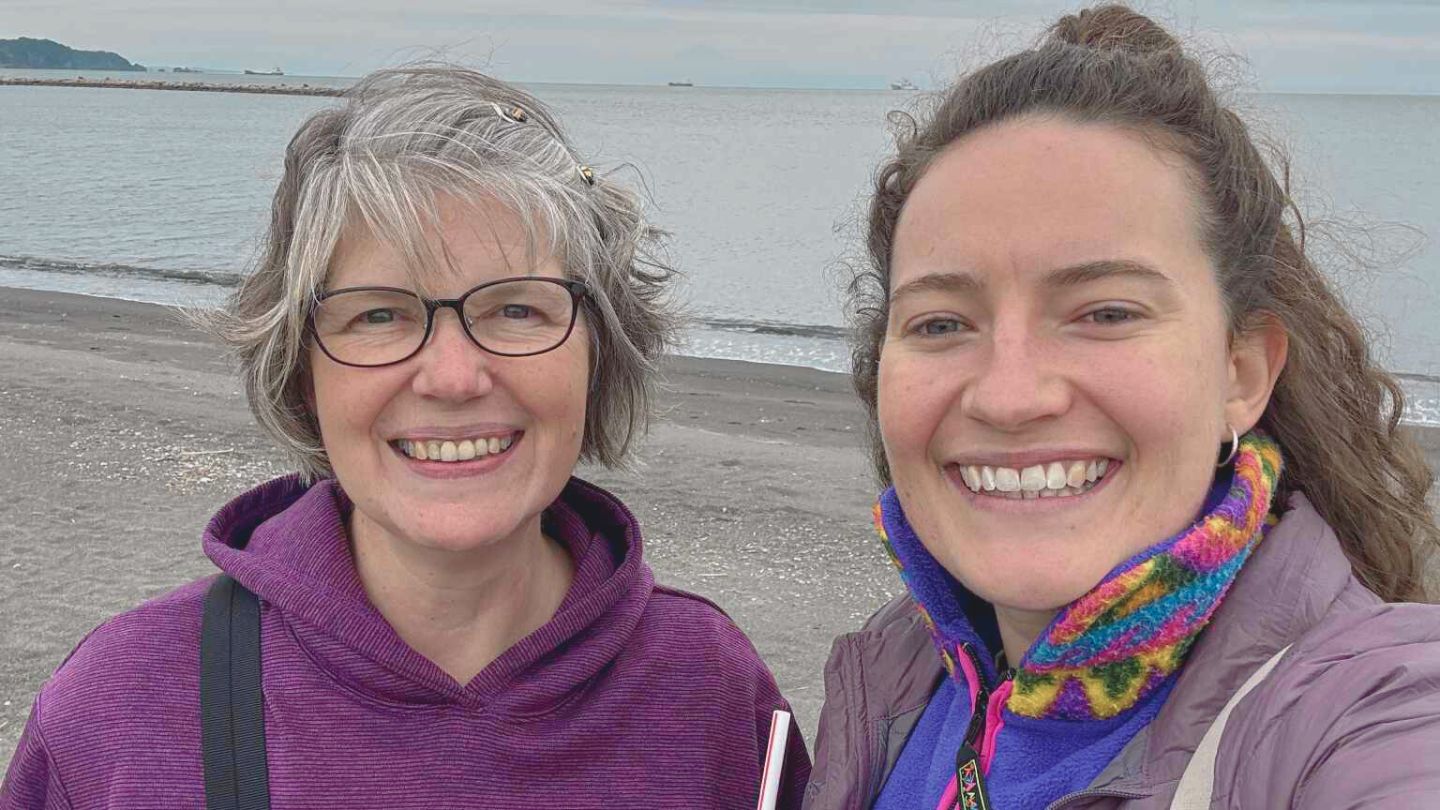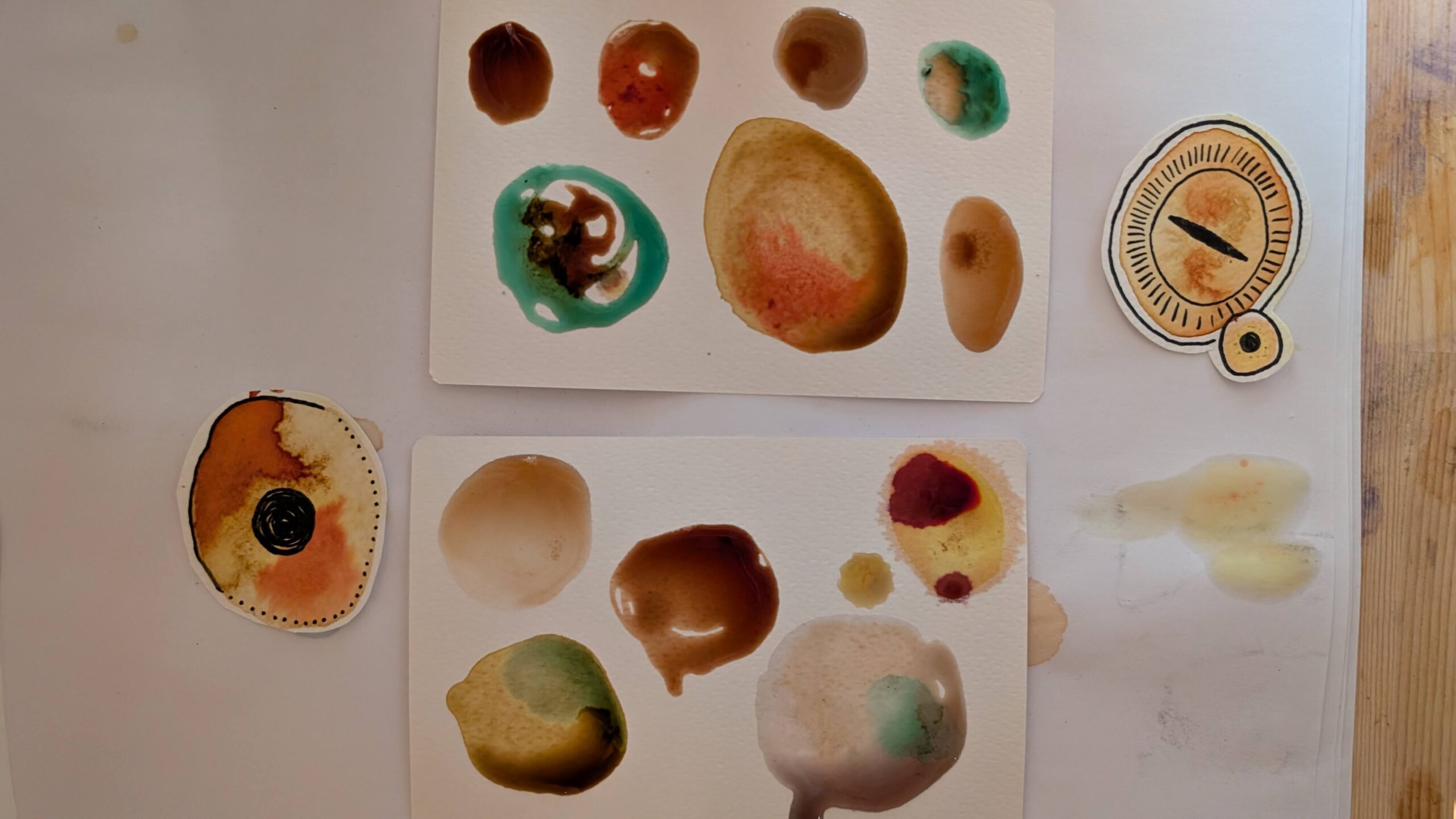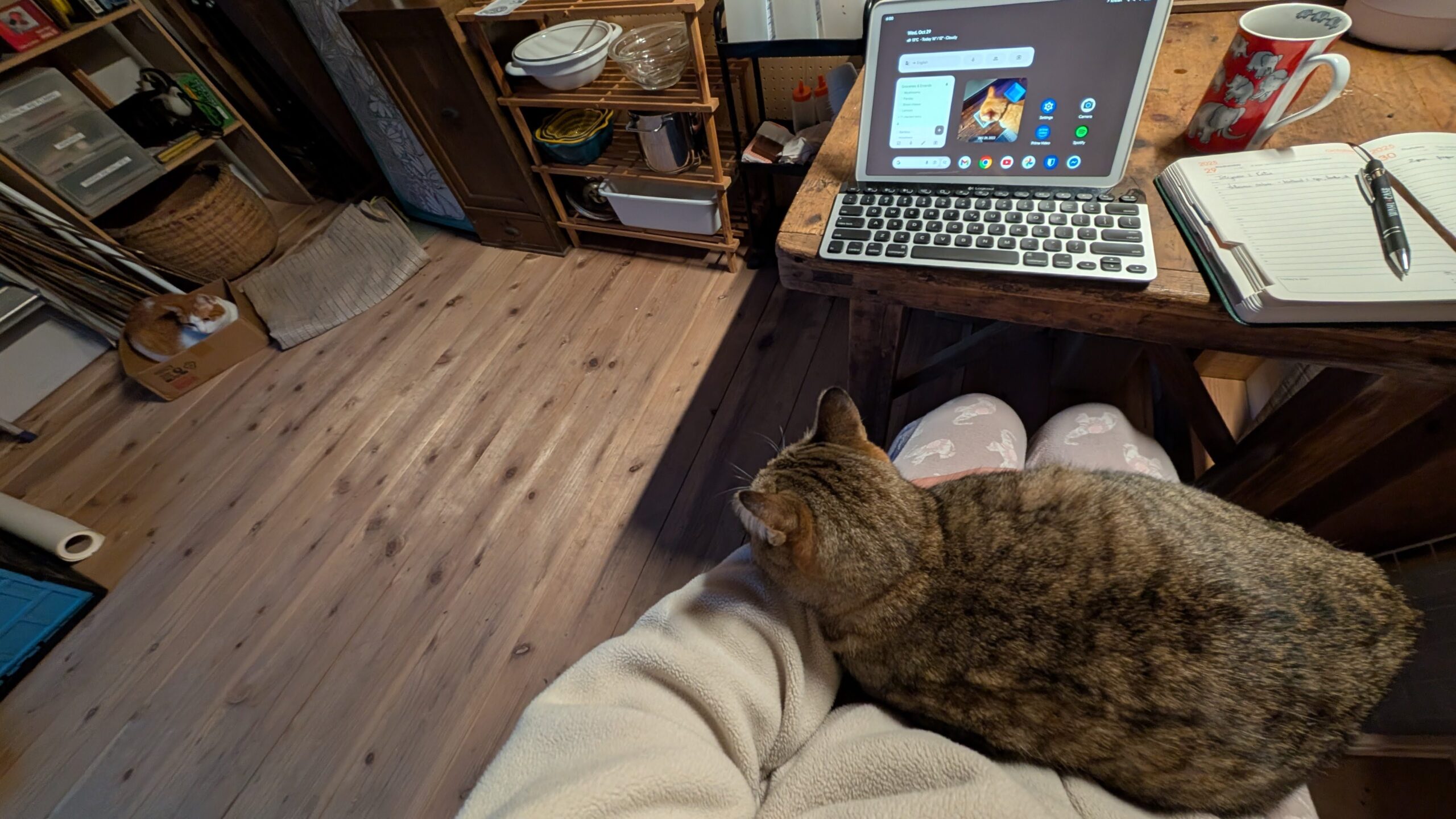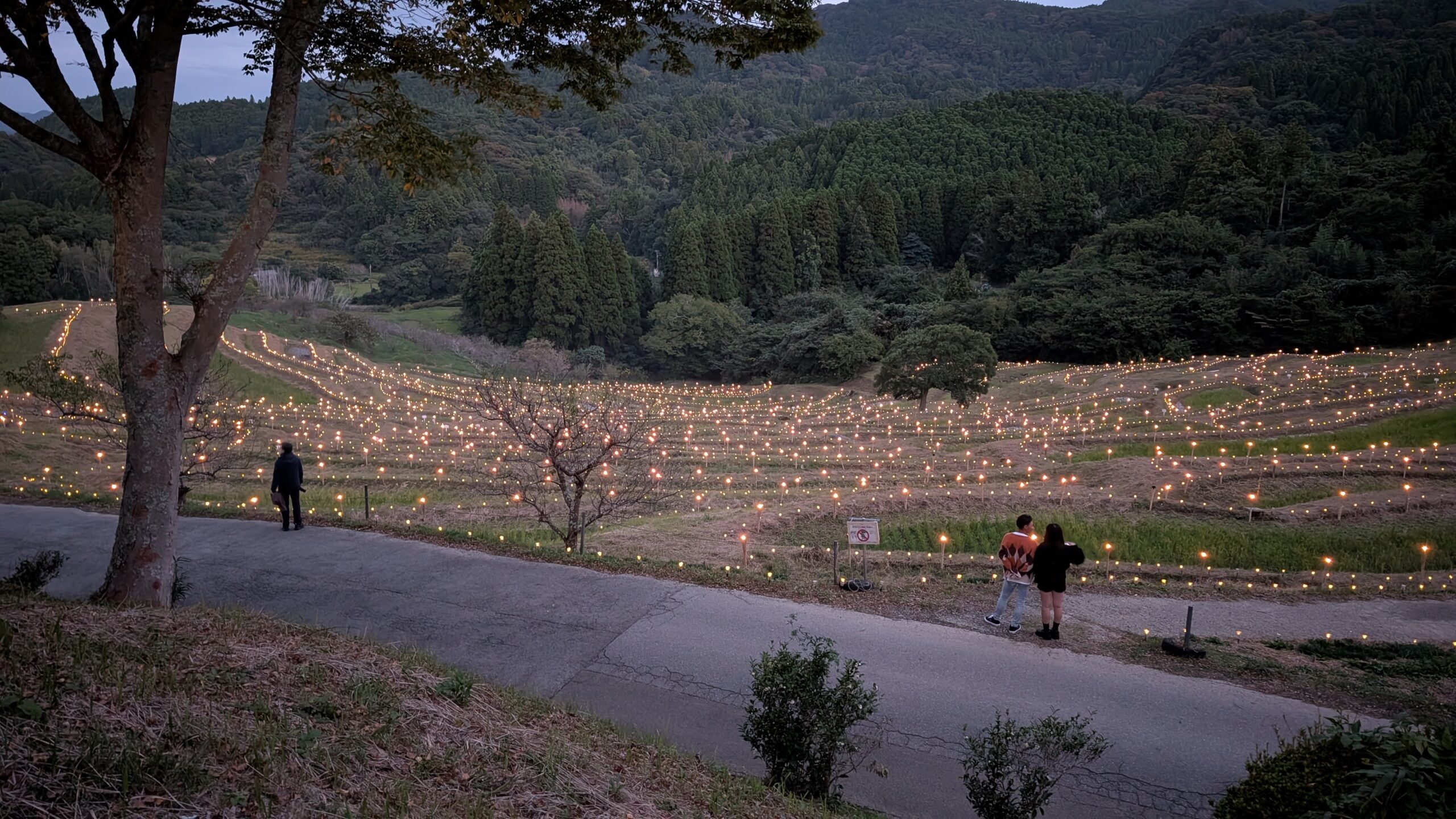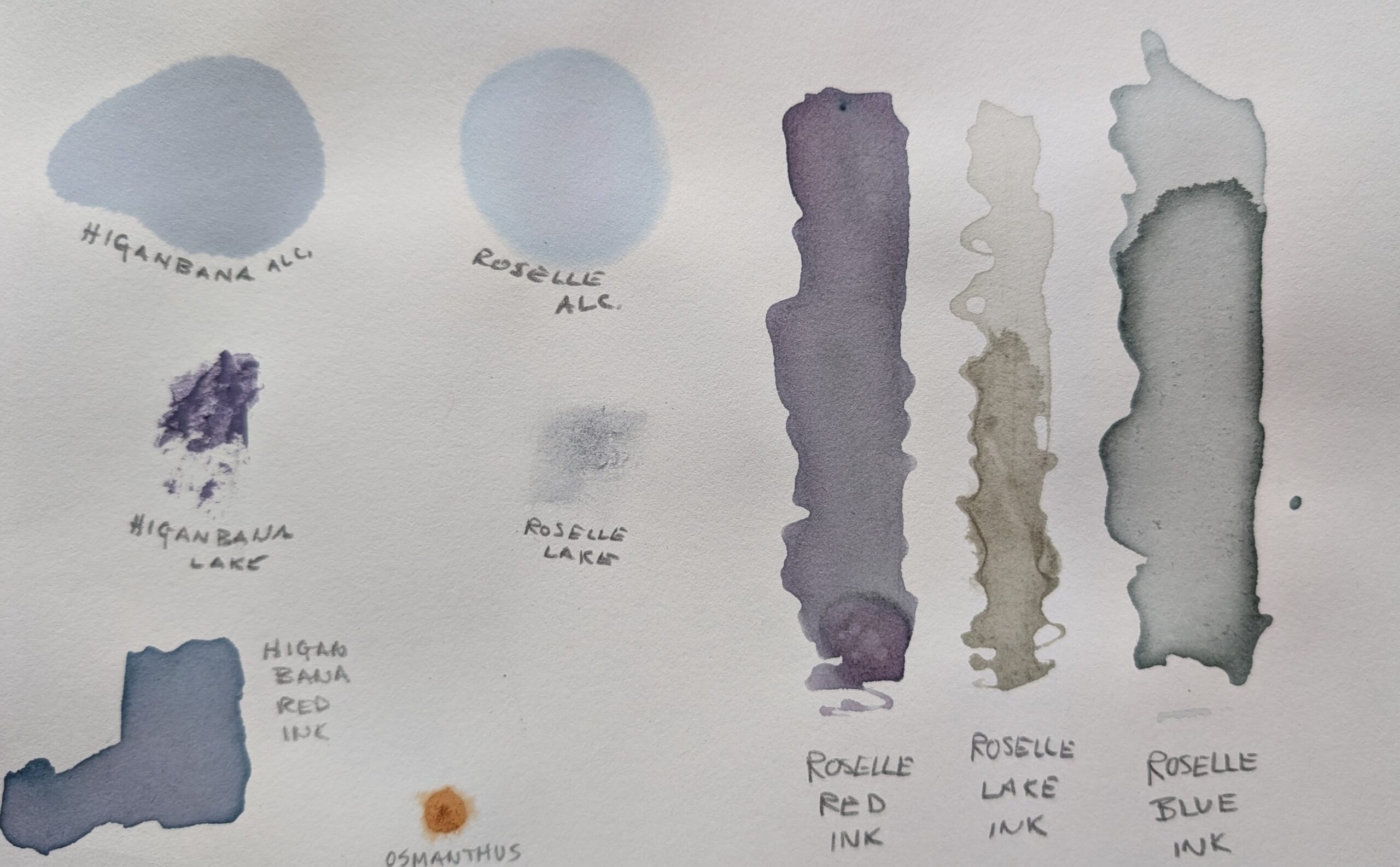Oyama-ji, my favorite local temple, has been officially designated an Important Cultural Property by the Japanese government. It’s been a long time coming! I am very glad it has a federal designation now. This should help with its preservation and upkeep.
1301 years ago, in 724, a traveling monk (possibly Roben) asked one of the locals to show him a good place to build a temple. At the peak of Mt. Takakura, which we all call Oyama, there was already a Shinto shrine. It’s a natural power spot with a view across the valley all the way to the ocean. It was ideal for a temple, too.

Oyama-ji grew and grew. It was visited by military leaders, shoguns, and other personages for hundreds of years. It received donations of armour and rice paddies and enough money to expand the complex. But everything was destroyed by battle in the 1570s then rebuilt in 1586.
By the time Edo was bustling with foreigners in the 1800s, people were coming out to Chiba for tourism. (I wonder if Isabella Bird ever made it here?) The winding road that leads up from Kozuka village was lined with inns. Some things never change; today there are several vacation rentals along that road.




The current temple was built in 1802, with carvings by Ihachi, and has fallen into some disrepair since it was renovated with a copper roof in 1961. The inner kuden that houses Fudo (the Japanese version of Shiva) is elaborately gorgeous. You have to see it to believe that something this fancy is part of our rural outpost.
In 1872 the sect of Buddhism switched from Tendai to Shingon, the famous esoteric mountain monks. We are lucky to have monthly and annual events including fire worship, a summer procession of portable shrines, and fortune telling with rice. Even though I don’t practice any religion, I do love a good ceremony and these are excellent ones.


There was a special event on October 28th in conjunction with the monthly fire purification ceremony. A lecturer gave us details about the construction and history of the temple – showing us why Oyama Fudoson is different than your average local temple – and we were allowed to walk freely in the sacred spaces. It was magical and I didn’t take a single photo.
Kamogawa now has three nationally designated cultural properties: The Giant Cedar at Kiyosumi; the sea bream habitat in Kominato; and Oyama-ji in Hiratsuka. Here is the city’s announcement of Oyama-ji’s designation: https://www.city.kamogawa.lg.jp/site/shiryoukan/38443.html

